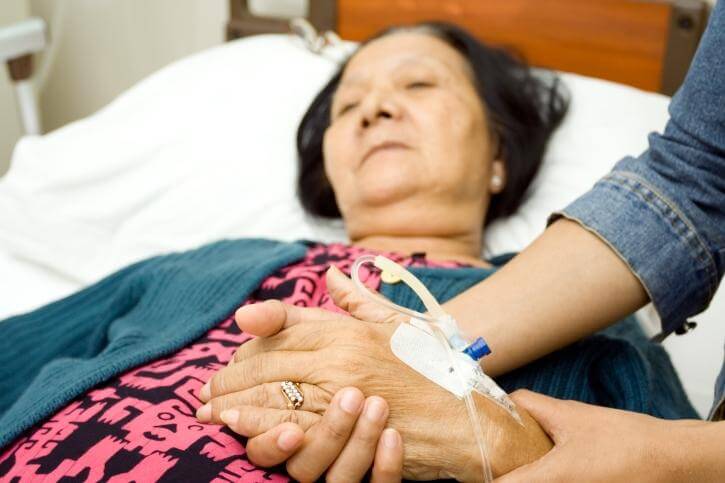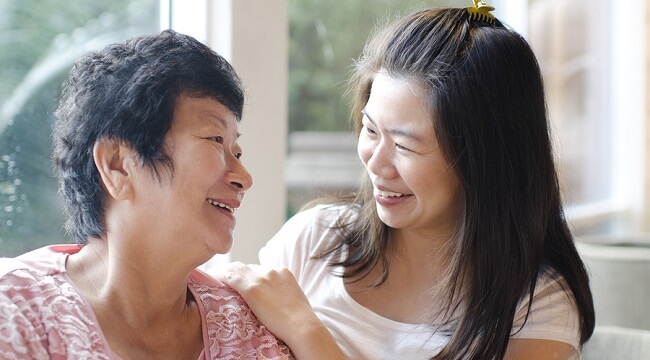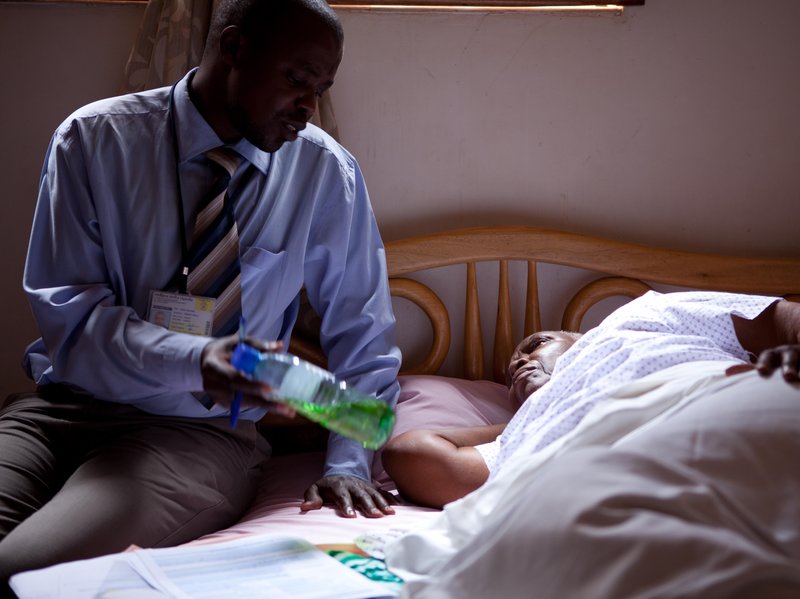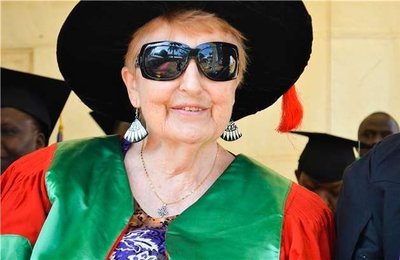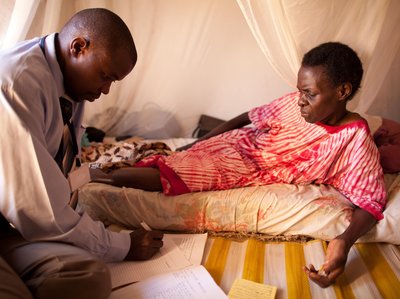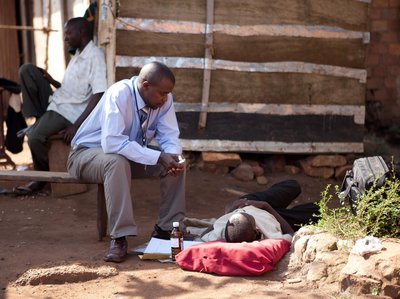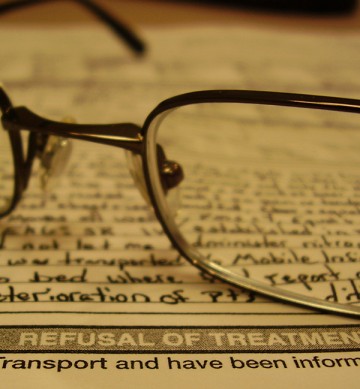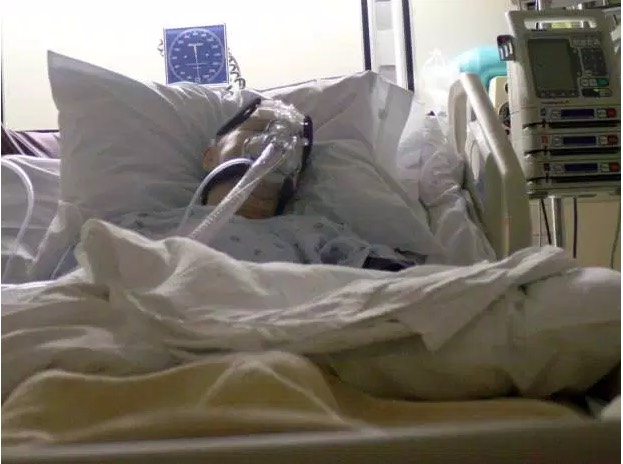We did a survey in 2013 which found that “90 percent of people say that talking with their loved ones about end-of-life care is important yet only 30 percent of people actually have done so.” Clearly, knowing the importance of a conversation or behavior doesn’t always mean we’ll do it. How many diets and half-marathon training programs have begun in this vein? We know all the excuses a person is likely to tell themselves to avoid the conversation. Any of these look familiar?
“I know my loved one well enough to make the right call.”
There are plenty of reasons to have the conversation with your loved one beyond your belief that you know what they would want. Having a specific conversation about they would prefer could bolster your confidence, strengthen their trust and reward you with a new sense of intimacy. The conversation could really surprise you. You might discover something about your loved one that you never expected.
“I don’t need to have the conversation. I’m healthy and young.”
The Conversation Project is an initiative to encourage people to have these conversations before they are sick or terminal. If you’re healthy and well, it’s the perfect time to have the conversation. As we say, it’s always too soon, until it’s too late.
“If my loved one wants to have a conversation, they can come to me.”
This excuse is extremely powerful. It allows you to believe you’re up for the conversation while simultaneously avoiding it.. Don’t fall victim to this one. Your loved one might be thinking the same thing, trapping you both in a game of chicken, in which neither of you have important conversations about your health, your finances and your future because you’re waiting for the other to initiate it.
“I’ll just decide based off what I would want.”
This excuse provides false comfort. No need to have the conversation because you know what you would do for yourself. Right? But this method of avoidance leads to an improbable and unrealistic scenario. Even if you are the designated health care proxy that doesn’t mean you’ll be the only one who cares about the outcome. You might find yourself having to explain your choices to other family members, friends and caretakers. This might open up a disagreement between family and loved ones who believe the person in question wouldn’t want that. And you’d be surprised how many decisions you might have to make. Imagine what happens when you need to make a decision and you don’t know what you would want.
“It makes me uncomfortable.”
The thought of having The Conversation can make a lot of people uncomfortable. Understandably. You do have the right to live your life with minimal discomfort, but consider this: we’ve heard from a lot of people who wished they’d had the conversation, rarely those who wished they hadn’t. Knowing what a loved one prefers can give you A LOT of comfort during a time when you most desperately need it.
“I don’t want to encourage my death by talking about it.”
We work with many diverse communities of various beliefs, cultures, and faiths. Each has their own history, experience and theological lens through which they view death. Our mission is to ensure that your fears aren’t holding you back from a very real and human experience.
“I don’t want to offend my loved one.”
Death doesn’t have to be an offensive topic, and if your loved one perceives it to be so, maybe you can start the conversation there. Ask them why they find death so offensive. A simple question can lead into a complex and profound conversation.
“I don’t need that kind of negativity in my life right now.”
Having the conversation doesn’t have to lead to a negative experience. Many people who had the conversation describe it as a positive, freeing experience rather than a negative one.
“I don’t even know what my career path will be let alone what I prefer about my end-of-life care.”
If you’re in your twenties or thirties, it can be particularly difficult to focus on your end-of-life care. You’re focusing on surviving the hardship of life post-college. We know the #TheStruggleIsReal. But while it’s hard to relinquish the coziness of childhood irresponsibility, you must. Get your affairs together: start that 401K, use sunscreen, stop eating take-out every night, and have the conversation with your loved ones.
“Why do we need to have a conversation? Can’t my loved one just write everything down?”
Modern medicine is helping individuals live longer than ever before, and with that extended time on earth comes increased medical complications and a lot more decisions to be made at the end-of-life. People will often say, ‘if I am ever like that – pull the plug,’ but there is often no proverbial plug to pull. Instead, there is a number of cascading decisions left for your loved ones to make. Talking through your values with your family can give them the guidance to navigate the health care options presented to them. Questions like: “What matters most to them at the end of life?” “Do they want to be at home or in the hospital?” “Do they mind visitors?” “Who do they want to make sure is there?” “Is there a book they might want read to them?” “Do they want music playing or a ball game on in the room?” These are the questions you might find yourself considering. Conversations are organic; they are interactive. This conversation isn’t just about answering a set of medical questions, but exploring all the avenues you didn’t think were possible.
So really, what are you waiting for? Check out our Conversation Starter Kit and have the conversation today.
Complete Article HERE!



